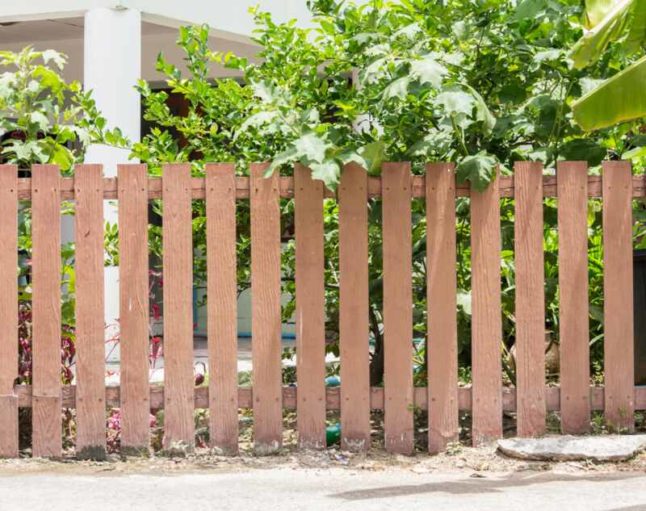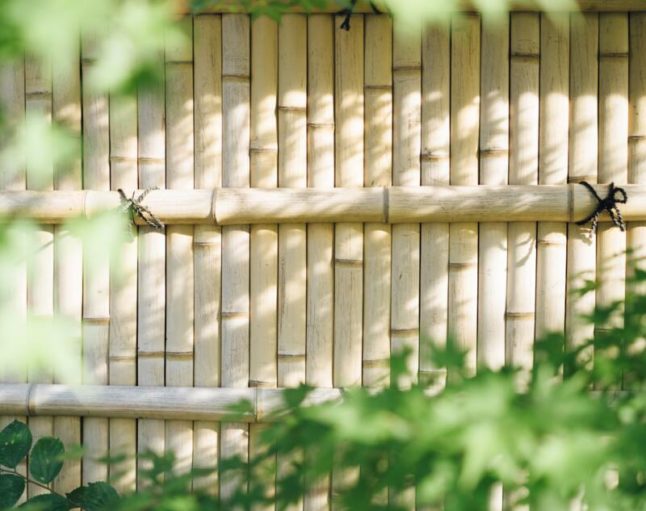All Categories
Featured

Wood fences are a popular choice for home owners due to their all-natural beauty and flexibility. Nevertheless, to keep your fencing looking fantastic and functioning well, routine maintenance is important. Among one of the most crucial jobs in fencing upkeep is making a decision how commonly to discolor the wood or paint. The appropriate maintenance schedule can help safeguard your fence from the elements, protect against damage, and lengthen its life expectancy. Here's an overview to assist you determine when it's time to repaint or tarnish your wooden fencing.
Elements Affecting Paint or Tarnishing Regularity. Numerous key elements figure out just how frequently you must paint or tarnish your wooden fencing. These consist of the sort of timber, the environment in your area, and the degree of direct exposure your fencing has to the elements.
- Climate and Weather Condition Issues. The environment where you live plays a considerable function in exactly how swiftly your fence will certainly put on down. Extreme climate condition such as intense sunlight, hefty rain, or freezing temperature levels can accelerate the damage process.
Sunny Climates: In areas with great deals of sunshine, UV rays can create the timber to dry, discolor, and split. Consequently, you might need to paint or restain your fencing every 2 to 3 years to avoid damage. Rainy or Humid Locations: In areas where rain and moisture are frequent, wooden fencings absorb moisture, which can result in bending, decomposing, or mold and mildew development. Routine staining is required in these areas, usually every 1 to 2 years. Cold Climates: Freezing temperatures and snow can tarnish or create the paint to peel. You may need to freshen the finish every 3 to 5 years to keep your fencing in excellent problem if your location experiences cool winters months. 2. Sort of Wood. The timber species made use of for your fencing will additionally determine the frequency of painting or staining. Woods have a tendency to be a lot more durable than softwoods, and each kind of wood reacts differently to stain or repaint.
Cedar and Redwood: These woods are normally immune to rot and insects, yet they can shed their shade over time because of UV direct exposure. Staining or sealing these types of wood every 2 to 3 years aids keep their appearance. Pine and Fir: These softwoods are a lot more vulnerable to dampness damages and call for even more frequent upkeep. You might require to restain or repaint these fences every 1 to 2 years to maintain them secured from the elements. Pressure-Treated Wood: While pressure-treated timber is created to withstand rot, it still requires to be tarnished or secured to avoid moisture absorption. A fresh layer of stain or sealant may be needed every 2 to 3 years. 3. Repaint vs. Stain. Whether you paint or discolor your fence can considerably impact the maintenance schedule.

Paint: Paint supplies a strong layer of defense that blocks dampness and UV rays. It can peel, crack, or discolor over time, specifically with prolonged exposure to the aspects. Commonly, a painted fence requires to be repainted every 3 to 5 years. Discolor: Discolor soaks right into the wood and offers an extra all-natural appearance while still offering security. Tarnished fences often tend to reveal wear extra swiftly than painted ones, as the tarnish can discolor or remove. You will likely need to restain your fence every 2 to 3 years, relying on the exposure to sun and rain. 4. Noticeable Indications of Wear. While a general upkeep schedule is handy, you need to likewise watch on the problem of your fence to determine when it's time for a fresh layer of paint or tarnish. Search for these indicators:
Fading or Discoloration: If your fence has actually lost its original shade or has actually ended up being grey and weathered, it's time to reapply a repaint or stain to restore its appearance. Breaking or peeling: If the paint or stain begins to peel off or break, it's a clear sign that the safety layer is no much longer doing its job. This can cause water damage, so it is necessary to resolve it asap. Water Absorption: Conduct a basic water examination by splashing some water onto the surface of the fence. If the water grains up, the fencing is still secured. If the water takes in, it's time to paint or restain. 5. Appropriate Upkeep Techniques. For the ideal results, it is very important to prepare the timber appropriately before paint or staining. Beginning by cleansing the fencing to eliminate dust, mold, or mold and mildew. Repair any type of damage, such as cracks or loosened boards, to make certain the fence is in good problem before applying a fresh layer.

Choose a dry, mild day for painting or discoloring to stay clear of the surface drying also rapidly or unevenly. Constantly apply paint or tarnish according to the supplier's guidelines, and allow ample drying time between coats.
Final thought. In basic, wood fencings need to be repainted or discolored every 2 to 3 years, depending on the climate, type of timber, and exposure to the components. Whether you select to paint or discolor, routine maintenance will certainly protect your fence from the climate and maintain it looking beautiful for years to come.
Latest Posts
Smooth Flooring Setup-- The Carpet Interiors Floor & Home Way
Published Apr 21, 25
2 min read
Unlock Exclusive Discounts with WyHy's Love My Cooperative credit union Benefits
Published Apr 21, 25
1 min read
Ornamental Iron Fencing: Elegance and Stamina
Published Apr 21, 25
2 min read
More
Latest Posts
Smooth Flooring Setup-- The Carpet Interiors Floor & Home Way
Published Apr 21, 25
2 min read
Unlock Exclusive Discounts with WyHy's Love My Cooperative credit union Benefits
Published Apr 21, 25
1 min read
Ornamental Iron Fencing: Elegance and Stamina
Published Apr 21, 25
2 min read